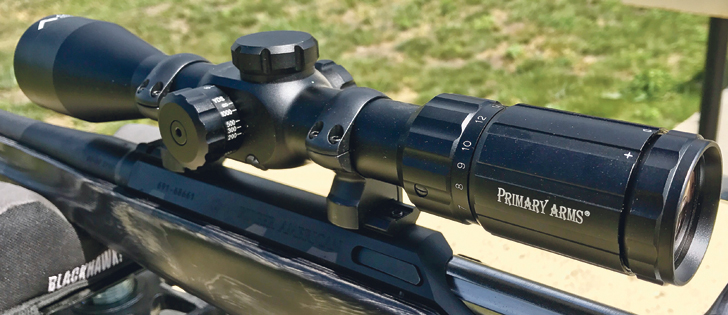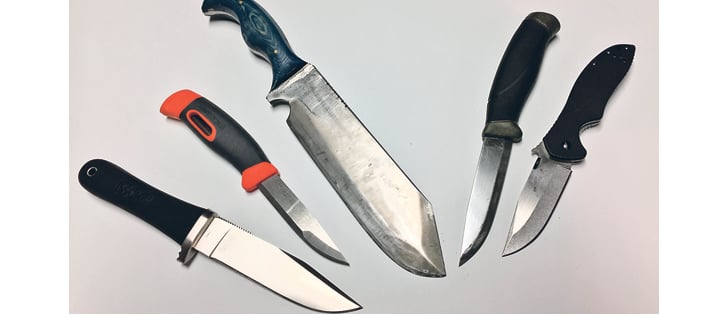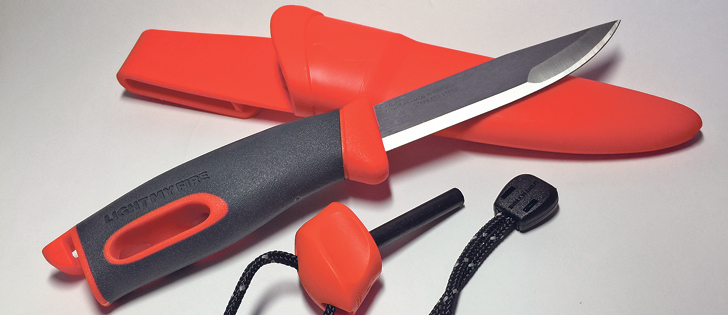Almost anyone who has experienced a winter in Canada has an idea how dangerous and extreme the cold can sometimes be.
Normal body temperature is around 98.6 F. When it drops below 95 F, a person is suffering from hypothermia. The further body temperature drops from normal, the more dangerous things get.
Signs of hypothermia can include shivering, blue or pale skin, poor co-ordination, confusion and unconsciousness.
Someone who suffers from hypothermia and stops shivering without actually being physically warm is really starting to get into trouble. If body temperature drops to 68 F or less, the major organs will probably fail and the person will die.
Read Also

Farmer ownership cannot be seen as a guarantee for success
It’s a powerful movement when people band together to form co-ops and credit unions, but member ownership is no guarantee of success.
Avoid alcohol when dealing with cold environmental conditions. It interferes with the body’s ability to properly regulate blood flow at different temperatures, which is an important survival mechanism built into our physiology.
Wool and some synthetic fabrics make superior cold weather material because they insulate the wearer when either dry or wet. Avoid cotton underwear, shirts and jeans because they retain moisture and sweat close to the body, which speeds the freezing process. I have also found polyester fleece and goose down to be great insulators when dry, but they leave a lot to be desired when wet.
The secret to cold weather clothing is dressing in layers. Each layer can serve a different purpose and be easily added or removed, depending on the situation.
The underwear layer should be a thin material that covers most of the body and wicks sweat away from the skin. Wool from merino sheep is an excellent choice. Ensure that this base layer is not too tight or it will adversely restrict blood flow.
The second layer should be a long sleeve shirt and pants. This layer is often your “normal clothes.” A vest or sweater is a nice option to have because they can be easily shed or worn to regulate body temperature, depending on the situation.
The outer layer needs to cover as much of our body as possible. This layer must prevent melting snow and wind from penetrating to the inner layers. It also needs to provide an important layer of insulation that is effective when either dry or wet.
A coat that covers the entire length of the torso with a tall collar and hood is recommended. Bib style snow pants with suspenders are essential to keeping legs, stomach and lower back insulated when bending and working.
Wearing a pair of thin wool socks under a second pair of thick wool socks inside winter boots is an excellent way to control moisture and ensure good insulation for feet.
Make sure boots are not too tight when wearing double socks because that will adversely reduce blood flow to feet and toes. Wearing double wool socks when shopping for winter boots is a good idea for selecting the right size.
A knit hat, face mask and scarf go a long way to protecting the head, ears, face and neck. Much like a vest or sweater, these articles of clothing may be easily shed or worn as needed.
Mitts are better than gloves because fingers can warm one another. If you must wear gloves for some tasks, consider wearing thin gloves inside large mitts. That way you can work with your gloved hands and put them back inside the mitts to warm up.
Working hard in cold weather can make a person sweat. Sweat on the skin will cause the body to lose heat faster. Moderate physical effort to minimize sweating when possible. Wearing the right fabrics and layers should minimize the effect of sweat, but take care nonetheless.
I love water from spring to fall but am mindful when around it in winter because it can quickly injure or kill when combined with cold temperatures.
Hypothermia is treated by restoring the body temperature to normal.
The method of treatment depends on the severity of the condition.
Generally speaking, get the individual out of wet clothes and gently restore their overall body temperature with dry blankets, adequate clothing, warm drinks and a heat source. Avoid shocking the person with vigorous rubbing of affected areas and burning drinks.
These techniques should work well in helping someone with up to moderate hypothermia.
However, it is imperative to get immediate medical attention if the person is suffering from severe hypothermia.
Hypothermia is a serious matter, particularly in the deep winter months. It is a danger that can be minimized with proper forethought and gear selection. Make a plan and communicate it to an emergency contact before venturing into extreme cold.
Kim Quintin is a Saskatoon outdoor enthusiast and knife maker. He can be reached for column content suggestions at kim.quintin@producer.com or 306-665-9687.















